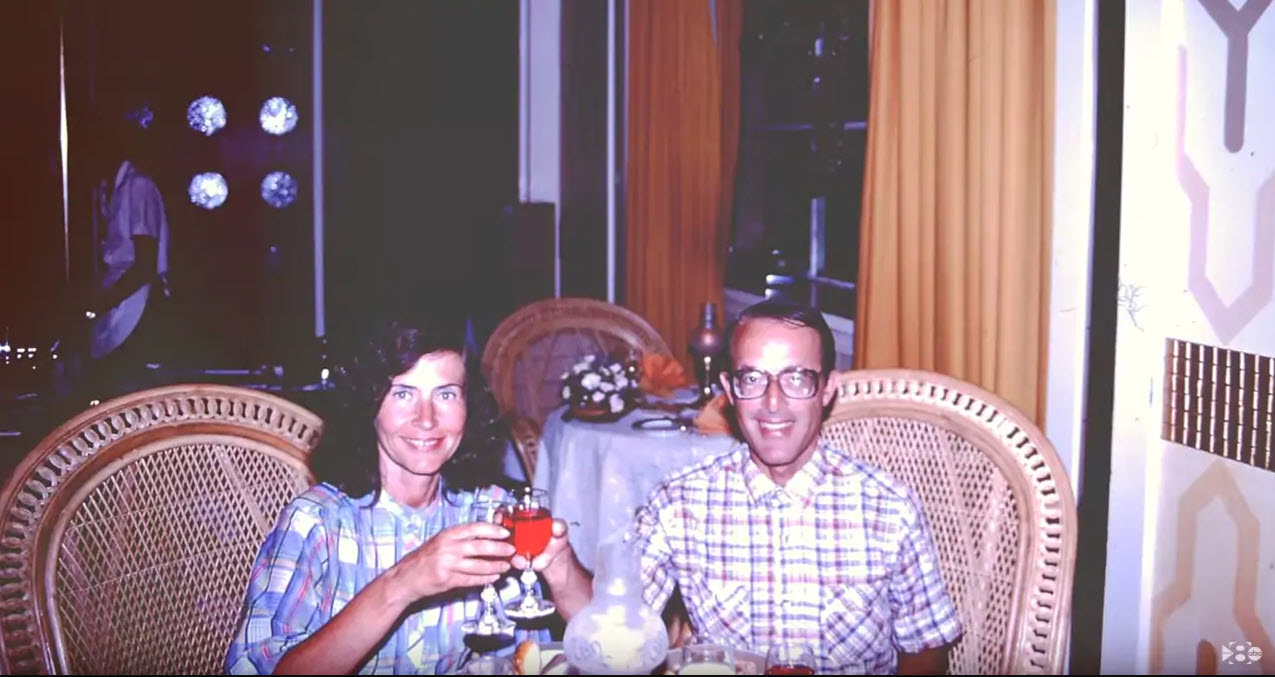
Last year, the University of Arizona Museum of Art in Tucson was thrilled to announce the long-awaited return of Willem de Kooning’s Woman-Ochre (1954–55), which had been stolen from the museum in 1985. Now, new details have emerged about the elderly couple who kept the painting in their bedroom for decades, suggesting they may have carried out the daring heist.
No one who knew Jerry and Rita Alter, mild-mannered former schoolteachers, ever suspected they were hiding a stolen masterpiece in their Cliff, New Mexico, home, but that’s exactly where Woman-Ochre turned up, 32 years after a pair of thieves first made off with it. Jerry died in 2012, and Rita in 2017, and their estate was purchased by Manzanita Ridge Furniture and Antiques of Silver City, New Mexico, for about $2,000.
Willem de Kooning’s Woman-Ochre, stolen from the University of Arizona Museum of Art in 1985. Courtesy of the University of Arizona Museum of Art.
One piece, a midcentury painting hanging behind the bedroom door, caught the store owners’ eyes. The shop put the painting on view, where eagle-eyed visitors quickly pegged it for a real De Kooning. A quick internet search turned up the story of the university’s stolen painting, and the work was promptly returned by Good Samaritan co-owners David Van Auker, Buck Burns, and Rick Johnson. (The museum traveled to Silver City this past weekend to celebrate the one-year anniversary of the artwork’s recovery, with a party and panel discussion.) Currently, the museum is raising money to repair the work so it can be returned to view.
But a recently discovered image is fueling speculation that the couple was personally responsible for the robbery, which occurred the day after Thanksgiving. The Alters’ nephew and estate executor, Ron Roseman, has produced a photograph of the Alters taken in Tucson the day before the heist, seated at a holiday dinner table during dessert. AZ Central, which first published the image, points out that the snapshot bears a striking resemblance to a police sketch of the robbery suspects.
A police sketch of the suspects in the 1985 de Kooning heist released shortly after the crime took place, and a photograph of Jerry and Rita Alter at Thanksgiving dinner in Tucson the day before the robbery. Image courtesy of the police department and Ron Roseman.
(One wild Reddit theory also points out the couple’s similarities to the Isabella Stewart Gardner Museum heist police sketch—one suspect may have worn fake mustaches—arguing that the Alters may have funded their extensive travel to over 140 countries with additional art crime. Although both crimes involved red cars, the theory is unlikely, as the Boston robbers, since likely identified as George Reissfelder and Lenny DiMuzio, were much younger than the Alters.)
For the University of Arizona heist, a man and woman arrived on the premises shortly before the museum opened at 9 a.m. The woman stopped and chatted with the security guard who had let them in, while the man went upstairs. A few minutes later, the man came back down, and the couple abruptly left, taking the painting, cut from its frame, with them. All in all, they were at the museum for just 15 minutes before jetting off in a rust-colored car.
Jerry and Rita Alter. Photo courtesy of YouTube/WFAA. Police sketch of the robbers at the Isabella Stewart Gardner Museum. Image courtesy of the Boston Police.
Could the robbers have been the Alters, whose car was also red? (Or, as another theory from the New York Times posits, Jerry and his son, the former disguised as a woman?) Or did the Alters unknowingly buy the masterpiece from an unidentified third party after the crime took place?
“It’s an ongoing FBI investigation; the case is still open,” Gina Compitello-Moore, the museum’s marketing manager, told artnet News, declining to speculate on the couple’s involvement in the crime.
The stolen De Kooning seen hanging behind Jerry and Rita Alter’s bedroom door. Photo by Rick Johnson, courtesy of Manzanita Ridge Furniture & Antiques.
If it was indeed the Alters, they may have left behind one telling clue. In 2011, Jerry Alter published a book of short stories, The Cup and the Lip: Exotic Tales. In one story, “The Eye of the Jaguar,” a woman and her granddaughter grab a priceless emerald from a museum display, running over and killing a security guard as they successfully make off with the treasure.
The tale’s closing line can’t help to bring to mind the De Kooning, which was visible only when the couple was in their bedroom with the door shut: “And two pairs of eyes, exclusively, are there to see!”